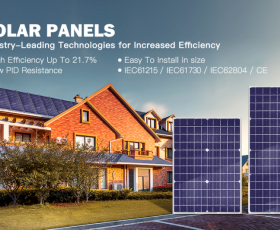Photovoltaic Cell: Harnessing the Power of the Sun

Understanding Photovoltaic Cells
When we talk about photovoltaic cells, we are referring to a technology that converts sunlight directly into electricity. These cells are commonly known as solar cells, and they form the foundation of solar energy systems. The word “photovoltaic” comes from the Greek word “phos,” meaning light, and “voltaic,” referring to electricity, and together they describe the process of generating electricity from light.How Photovoltaic Cells Work
Photovoltaic cells are made of semiconductor materials, such as silicon, which have the unique property of being able to convert photons from the sun into electrons. When sunlight hits the solar cells, it excites the electrons within the material, causing them to flow and create an electric current. This current can then be harnessed and used to power various devices and applications.The Benefits of Photovoltaic Cells
The use of photovoltaic cells offers numerous advantages. Firstly, they provide clean and renewable energy, helping to reduce greenhouse gas emissions and mitigate the impacts of climate change. Additionally, solar energy is abundant and freely available, making it a reliable source of power. Photovoltaic cells also require minimal maintenance and have a long lifespan, making them a cost-effective energy solution in the long run.

